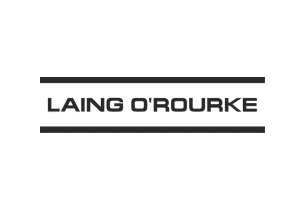Full service employee health checks
From needs analysis to reports for employee & organisation
Onsite and virtual assessment options

Uniquely yours
Get a full needs analysis for employee health checks—with health assessments to identify risk and priority areas for your business.

Easy and accessible
Employees can book and manage their health assessment online. Our qualified specialists then assess virtually or on-site—for increased participation in employee health checks at work.

Reduce Risk
Employees get a Personal Wellbeing Plan while you get a Organisational Health Profile Report—both detail results & recommendations to improve health & lower risk.

“Highly regarded by our whole team for quality health checks and stand out service. The Vitality Works health practitioner had positive energy and provided encouragement for our staff – we’ll be back!”
Next in employee health checks.
Want to find out more? Book a 15-min chat with one of our
Client Partnership Managers to discuss what’s next and best for your business.
Employee health checks FAQ's
Full results are available to employees in a Personal Wellbeing Plan.
Benefits include reduced risk of illness and increased prevention.
Full consent is required by employees and our processes secure that consent.
Yes, our qualified specialists assess employee health checks online or onsite.







